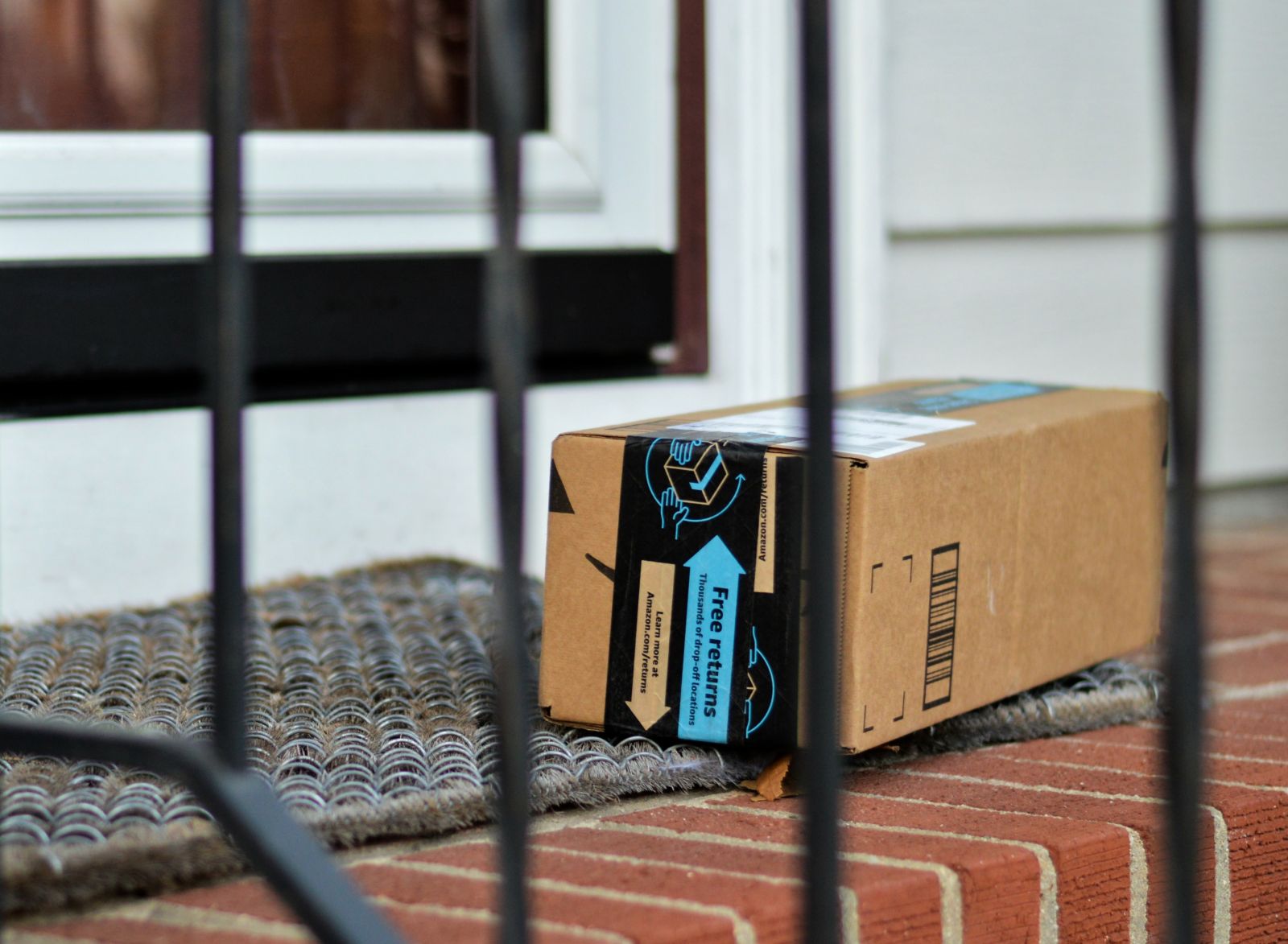
In the dynamic world of e-commerce, efficient shipping and fulfillment strategies are crucial for Amazon sellers to succeed and maintain customer satisfaction. With millions of products vying for attention on Amazon's platform, sellers need to prioritize streamlined shipping processes to stand out in a crowded marketplace. This comprehensive guide delves into effective shipping and fulfillment strategies that can help Amazon sellers optimize their operations and deliver exceptional customer experiences.
1. Choose the Right Fulfillment Method
Amazon offers two primary fulfillment methods: Fulfillment by Amazon (FBA) and Fulfillment by Merchant (FBM). FBA entails sending your products to Amazon's fulfillment centers, where they handle storage, packing, and shipping. FBM, on the other hand, involves sellers managing the entire fulfillment process themselves. Each method has its advantages and considerations.
- Fulfillment by Amazon (FBA): Opting for FBA can save sellers time and effort, as Amazon handles the logistical aspects. This method is ideal for sellers who want to capitalize on Amazon Prime benefits and leverage Amazon's customer trust. However, FBA comes with storage fees and fulfillment costs.
- Fulfillment by Merchant (FBM): FBM gives sellers greater control over the fulfillment process. It's suitable for sellers with unique packaging requirements or those who want to minimize storage costs. However, FBM demands more hands-on management, from packing to shipping.
2. Strategize Inventory Management
Efficient inventory management is essential to prevent stockouts and overstocking. Utilize Amazon's inventory management tools to monitor stock levels and sales velocity. Keeping a close eye on trends can help you make informed decisions about restocking, avoiding both missed sales opportunities and excess storage costs.
3. Master Packaging
Packaging plays a pivotal role in ensuring products reach customers undamaged and in optimal condition. Amazon has specific packaging requirements that sellers must adhere to. Additionally, well-designed packaging can enhance the unboxing experience and create a positive impression among customers. Invest in sturdy, appropriately sized packaging that protects products during transit while also reflecting your brand's professionalism.
4. Implement Efficient Order Processing
Timely order processing is a cornerstone of customer satisfaction. Whether you're using FBA or FBM, strive to fulfill orders promptly. Leverage automation tools and software integrations to streamline the order processing workflow, reducing the risk of errors and delays.
5. Optimize Shipping Strategies
Shipping costs and delivery times heavily influence purchasing decisions. Consider the following strategies to optimize your shipping processes:
- Offer Free Shipping: Consider including shipping costs in the product price and offering free shipping to attract more buyers. Customers often prefer not to be surprised by shipping fees during checkout.
- Utilize Amazon's Shipping Services: Amazon provides shipping services that can help you save on shipping costs and provide competitive delivery times. This includes services like Amazon's Buy Shipping tool, which enables you to buy shipping labels at discounted rates.
- Use Reliable Carriers: Partner with reliable carriers known for their on-time deliveries and tracking capabilities. Clear communication of shipping times and tracking information is crucial to reassure customers and manage their expectations.
6. Provide Clear Communication
Open and transparent communication with customers is paramount. Ensure that product listings include accurate and detailed information about shipping times, estimated delivery dates, and any potential delays. Set realistic expectations to avoid disappointing customers and potentially receiving negative reviews.
7. Handle Returns Efficiently
No matter how careful you are with shipping and fulfillment, returns are inevitable. Implement a streamlined returns process that is customer-friendly. Clear return policies, hassle-free return procedures, and timely refunds or replacements can help maintain positive customer relationships.
8. Continuous Improvement
Regularly analyze your shipping and fulfillment processes to identify areas for improvement. Solicit feedback from customers and pay attention to any patterns of negative feedback related to shipping. Embrace a culture of continuous improvement to refine your strategies over time.
9. Utilize Technology Solutions
Numerous technology solutions can enhance your shipping and fulfillment efficiency. Consider investing in:
- Order Management Systems (OMS): OMS can help you consolidate and manage orders from multiple sales channels, streamlining order processing and reducing errors.
- Shipping Software: Shipping software can automate label printing, carrier selection, and order tracking, saving time and reducing manual errors.
- Inventory Management Software: Inventory management tools can assist in monitoring stock levels, sales trends, and reordering points, preventing stockouts and overstocking.
10. Prioritize Customer Service
Exceptional customer service is the backbone of a successful Amazon business. Promptly respond to customer inquiries, address concerns, and provide solutions to issues related to shipping and fulfillment. Happy customers are more likely to leave positive reviews and become repeat buyers.
Mastering efficient shipping and fulfillment strategies is indispensable for Amazon sellers aiming to thrive in a competitive e-commerce landscape. Choosing the right fulfillment method, managing inventory effectively, optimizing packaging and shipping, maintaining clear communication, and continuously improving processes are all critical components of a successful strategy. By prioritizing customer satisfaction and leveraging technology, sellers can build a reputation for reliability and efficiency, ultimately driving growth and success on the Amazon platform.